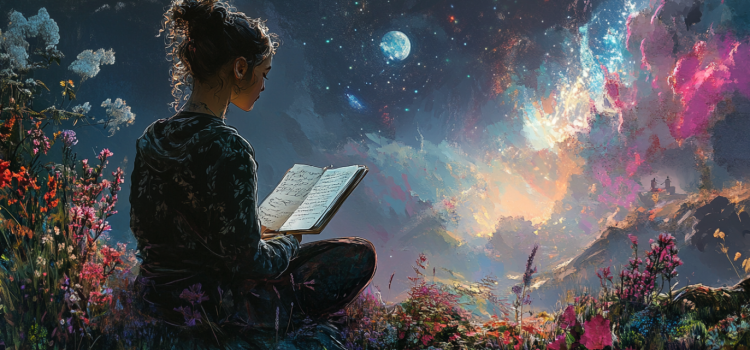What does it actually mean to be creative? Is creativity something you’re born with or something you need to practice? In his book Creative Quest, four-time Grammy winner and The Roots co-founder Questlove discusses four ways to be more creative. His list includes keeping an open mind, being mindful, planning your work, and changing your mindset about creativity. Here’s a look at each creative method in detail.
4 Ways to Be More Creative (+ What It Means to Be Creative)










